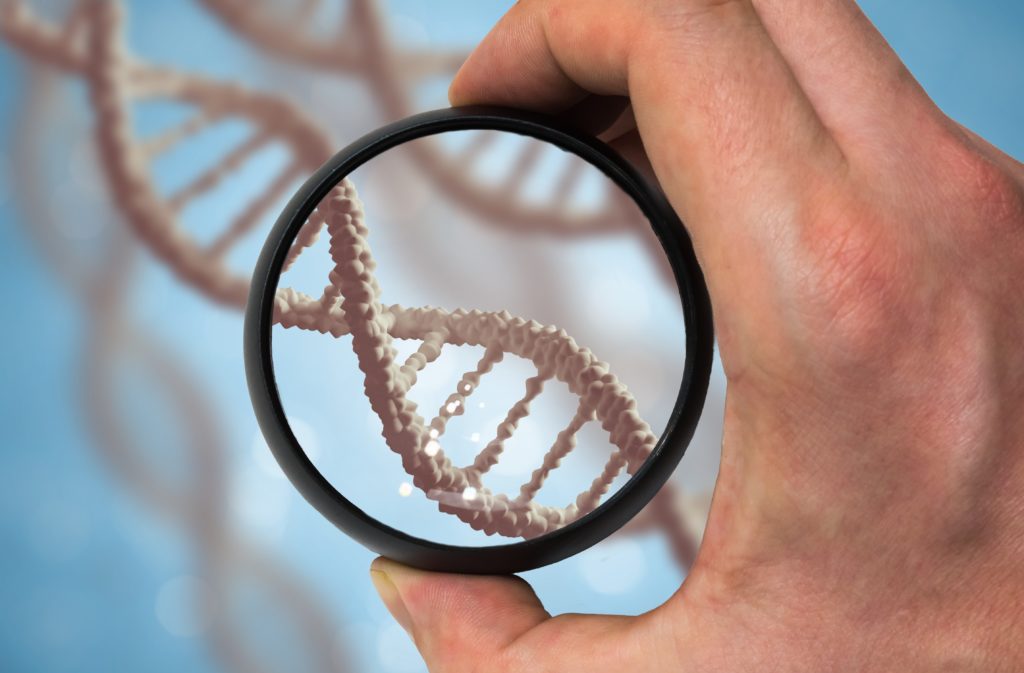As many people in the rare disease community know, it can be difficult at times to galvanize support for improved drug development. Many larger pharmaceutical companies may be hesitant to engage in rare disease drug development given the perceptively small groups affected by certain conditions or the lack of assumed profitability. However, identifying and developing therapies to help these individuals is both crucial and necessary. That is why the Orphan Drug Act was developed—and, subsequently, this particular designation.
Orphan Drug designation is granted to a drug or biologic intended to treat, diagnose, or prevent rare conditions. In the United States, rare conditions are those affecting fewer than 200,000 people. This status comes with benefits such as fee waivers, tax credits, and seven years of market exclusivity to provide incentives in this space. According to reporting by Healio, the U.S. Food and Drug Administration recently granted Orphan Drug designation to KB408, a therapy developed by Krystal Biotech for alpha-1 antitrypsin deficiency (AATD).
KB408 is a nebulized, inhalable formula consisting of Krystal Biotech’s unique replication-defective, non-integrating HSV-1-based vector. It delivers two functional copies of SERPINA1 to the body. These are considered transgenes, or genes that were transferred naturally or via genetic engineering from one organism to the other. The two genes then produce the alpha-1 antitrypsin (AAT) protein, which people with AATD do not make enough of.
About Alpha-1 Antitrypsin Deficiency (AATD)
Alpha-1 antitrypsin deficiency is a hereditary disorder which causes a deficiency in AAT. When the body does not produce enough AAT, those affected become predisposed to several illnesses. Normally, AAT protects the lungs against inflammation and damage. But without it, an enzyme called neutrophil elastase can attack various bodily tissues. AATD may affect the liver, lungs, or (more rarely) the skin.
Early diagnosis and treatment can improve outcomes and limit organ damage for people with AATD. However, the diagnostic journey is often long and arduous. People with AATD may experience a significant diagnostic delay, with many diagnoses taking between 5-8 years. Symptoms often appear between the ages of 20 to 50, with serious damage occurring by one’s 40s or 50s. Smoking can increase the risk of complications such as emphysema. Potential symptoms may include:
- Coughing or wheezing
- Unintentional weight loss
- Recurrent respiratory infections
- Shortness of breath (both with/without exertion)
- Jaundice (yellowing of the skin and eyes)
- Fatigue
- Emphysema
- Abdominal distention
- A barrel-shaped chest
- Pruritus (excessive itchiness)
- Panniculitis (hardened skin with painful lumps/patches)
- Dark urine
- Rapid heart rate
- Enlarged liver







